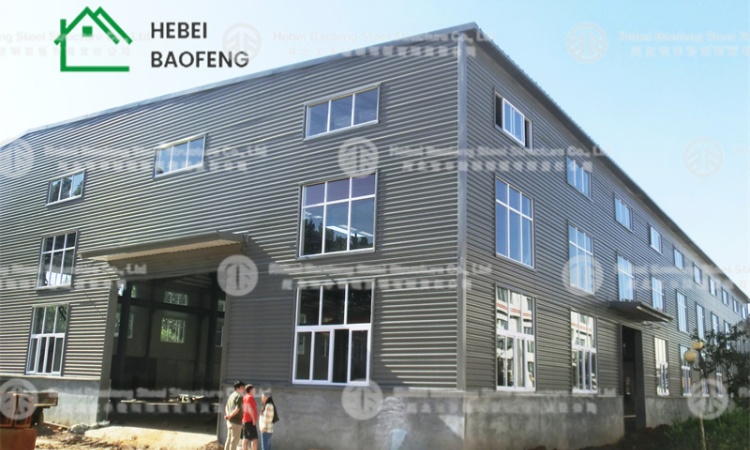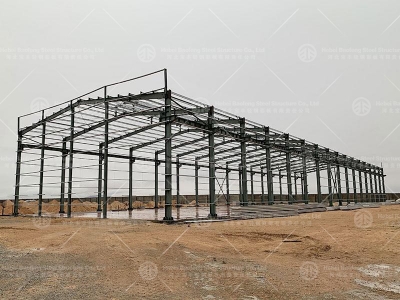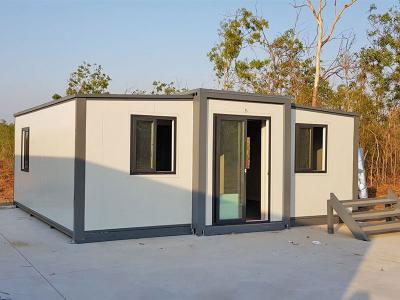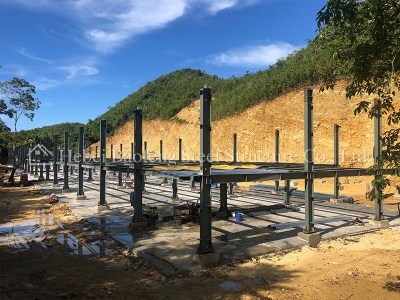Steel structures are widely used in construction for their strength, durability, and flexibility. From commercial buildings to bridges, steel provides essential benefits. This article will highlight the key advantages of steel structures and outline essential design considerations.
Advantages of Steel Structures
1. High Strength-to-Weight Ratio
Steel's strength relative to its weight allows it to support large loads without excessive bulk, making it ideal for high-rise buildings and bridges. Its lightweight nature simplifies transport and assembly while maintaining structural integrity.
2. Durability
Steel is resistant to weather, pests, and rot, ensuring longevity with minimal maintenance. When treated, it can resist corrosion, making it suitable for long-term use in harsh environments.
3. Faster Construction
Steel components are often prefabricated off-site, allowing quicker assembly on-site. This reduces overall construction time and leads to faster project completion, especially for large commercial projects.
4. Design Flexibility
Steel offers flexibility, allowing architects to design complex or unconventional structures. Modifications and expansions can also be easily integrated, making it adaptable for future needs.
5. Sustainability
Steel is highly recyclable, reducing the need for raw materials and minimizing waste. Recycled steel retains its quality, making it an eco-friendly choice in construction.

Design Ideas for Steel Structures
1. Load Distribution
Effective design should ensure proper load distribution to maintain structural stability. Techniques like triangulation enhance strength by evenly spreading forces across the framework.
2. Prefabrication
Designers should plan for prefabrication, ensuring components fit together seamlessly. This also improves quality control and speeds up assembly.
3. Aesthetic Considerations
Steel can be combined with materials like glass or wood for visually appealing designs. Its flexibility enables creative, modern architectural expressions.
4. Sustainability Features
Designs can incorporate energy-efficient features like solar panels or green roofs. Steel structures easily support these sustainable additions, promoting eco-friendly building practices.
Conclusion
Steel structures offer numerous benefits, including strength, durability, and adaptability. By focusing on efficient load distribution, prefabrication, aesthetics, and sustainability, architects can fully harness steel’s potential for both functional and innovative designs.


 español
español























 +8615720226351
+8615720226351
